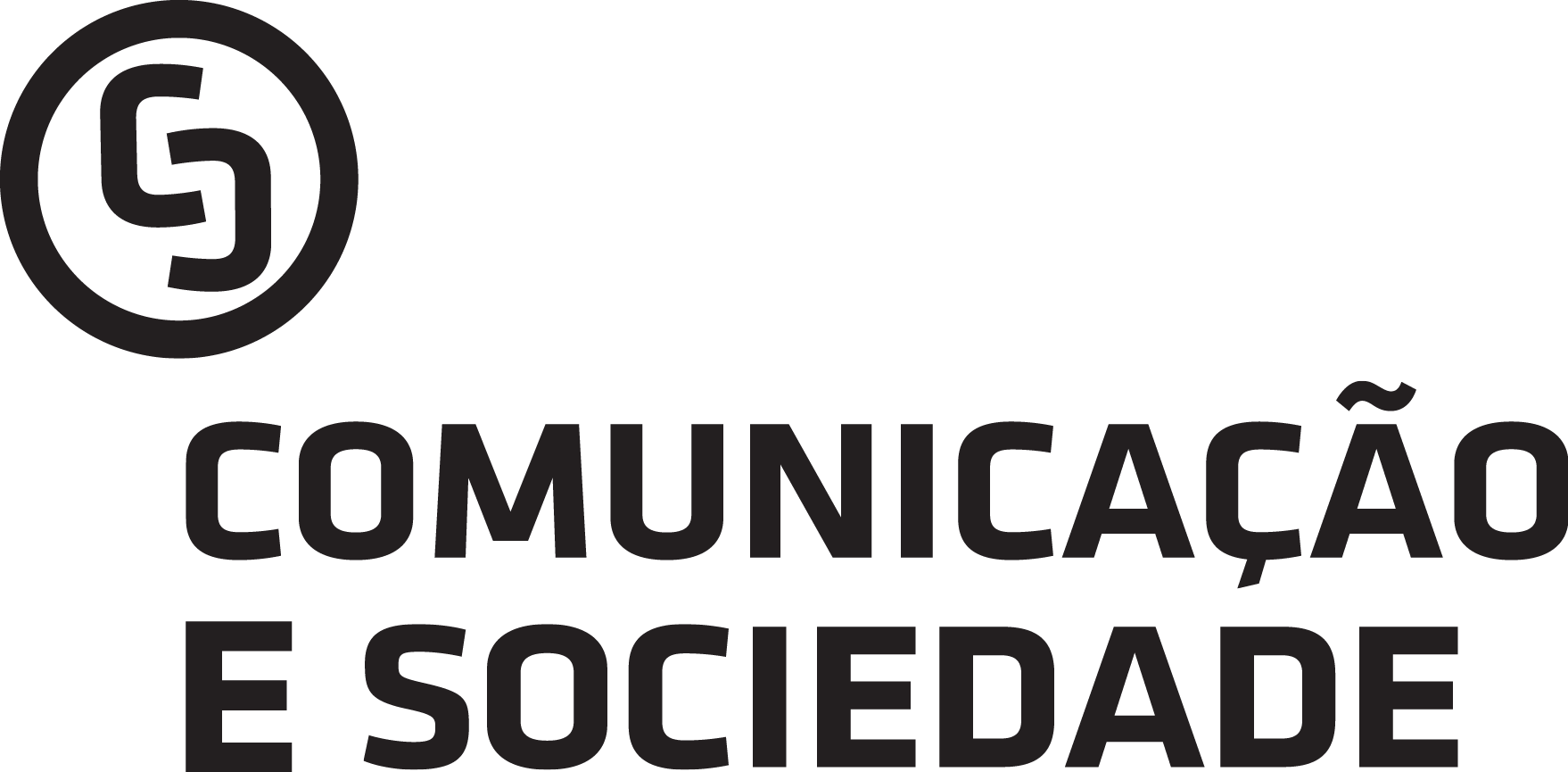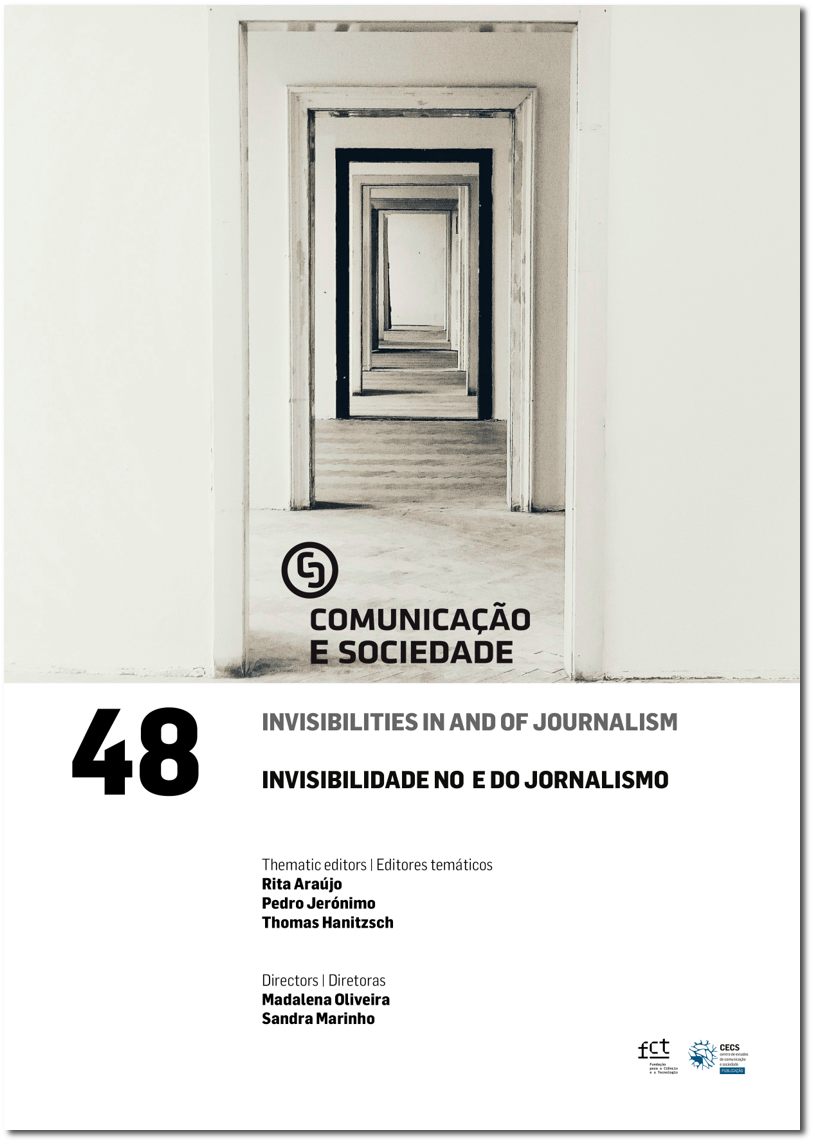Invisible Communities: Amplifying Minority Voices in Professional Journalism Through Community Radio
DOI:
https://doi.org/10.17231/comsoc.48(2025).6456Keywords:
citizen journalism, community radio, invisibility, alternative mediaAbstract
Grounded in studies on newsworthiness criteria in traditional media and the invisibility of themes and social groups (Hall, 1997; Traquina, 2000), this study is framed within the discussion of the media’s role in constructing social reality and marginalising and non-representing certain social groups.
With the rise of the internet and social media, although new forms of media exclusion have been created through the personalisation of content by algorithms (Noble, 2018; Pariser, 2011; Roberts, 2019), community media have emerged as an alternative to give voice to these marginalised groups through citizen, community, and independent journalism, promoting the long-desired — and promised — greater civic and democratic participation (Atton & Hamilton, 2008; Forde, 2011; Radsch, 2016).
This exploratory study focuses on a qualitative analysis of four Portuguese community radio stations: Rádio Sintoniza-T, Rádio Ophelia, Rádio Freguesia de Belém, and Rádio Antecâmara. These are exclusively online, non-profit, and volunteer-run.
The research shows that, despite the efforts of these community broadcasters to fill the gaps left by mainstream journalism, the journalism practised by these radios and their volunteers is still in development. Community engagement remains a challenge, and the stations are more oriented towards cultural and entertainment programmes than towards regular newscasts and news production — a situation justified by their relatively short existence. Nevertheless, the potential of these initiatives is significant, as they may evolve into more structured models of alternative, citizen, and community journalism that meet the informational needs of their communities.
Downloads
References
Abbott, J. (2017). Tensions in the scholarship on participatory journalism and citizen journalism. Annals of the International Communication Association, 41(3–4), 278–297. http://doi.org/10.1080/23808985.2017.1350927
Atton, C. (2003). What is alternative journalism? Journalism, 4(3), 267–272. https://doi.org/10.1177/14648849030043001
Atton, C. (2009). Why alternative journalism matters. Journalism, 10(3), 283–285. https://doi.org/10.1177/1464884909102582
Atton, C., & Hamilton, J. F. (2008). Alternative journalism. SAGE.
Bonixe, L. (2022). Práticas e modelos do jornalismo empreendedor em Portugal. Brazilian Journalism Research, 18(3), 550–573. https://doi.org/10.25200/BJR.v18n3.2022.1494
Carpentier, N. (2017). Media e participação. Media XXI.
Correia, J. C. (2023). As duas proximidades: Algumas notas sobre os riscos dos media em contextos comunitários. In P. Melo & P. Jerónimo (Eds.), Comunicação comunitária e jornalismo de proximidade – Diálogos e desafios em cenários de crise (pp. 33–55). Editora LabCom. http://doi.org/10.25768/654-945-9
Forde, S. (2011). Challenging the news: The journalism of alternative and community media. Palgrave Macmillan.
Hall, S. (1997). Representation: Cultural representations and signifying practices. SAGE.
Jenkins, H. (2006). Convergence culture – Where old media and new media collide. New York Press.
McChesney, R. W., & Nichols, J. (2016). People get ready: The fight against a jobless economy and a citizen democracy. Public Affairs.
Midões, M. (2021). Community radios in Portugal: Mapping an overlooked alternative media. Online Journal of Communication and Media Technologies, 11(3), Artigo e202113. https://doi.org/10.30935/ojcmt/11086
Midões, M. (2024). O potencial desaproveitado das rádios comunitárias portuguesas para uma comunicação alternativa mais inclusiva e de proximidade. In C. Batista, F. Subtil, & J. N. Matos (Eds.), Um outro jornalismo é possível: “Media” alternativos em Portugal (pp. 199–210). Outro Modo - Le Monde Diplomatique.
Midões, M. (2025). Emisoras comunitarias en Portugal: Un sector en crecimiento pero sin regulación apropiada. In R. Rodríguez-Ortiz, L. Cruz, & A. Barranquero (Eds.), Comunicación alternativa en Europa y Latinoamérica: Un equilibro precario entre regulación y sostenibilidad (pp. 28–33). RICCAP.
Mutsvairo, B., & Bebawi, S. (2022). Journalism and the Global South: Shaping journalistic practices and identity post “Arab spring”: Special issue: Remembering the Arab spring pursuing possibilities and impediments in journalistic professional practice across the Global South. Digital Journalism, 19(7), 1141–1155. http://doi.org/10.1080/21670811.2022.2107551
Noble, S. U. (2018). Algorithms of oppression: How search engines reinforce racism. New York University Press.
Papacharissi, Z. (2015). A private sphere – Democracy in digital age. Polity Press.
Pariser, E. (2011). The filter bubble: What the Internet is hiding from you. Penguin Press.
Radsch, C. C. (2016). Cyberactivism and citizen journalism in Egypt. Information technology and global governance. Palgrave Macmillan. https://doi.org/10.1057/978-1-137-48069-9_4
Reader, B., & Hatcher, J. A. (Eds.). (2012). Foundations of community journalism. SAGE. https://doi.org/10.4135/9781483349527
Roberts, S. T. (2019). Behind the screen: Content moderation in the shadows of social media. Yale University Press.
Traquina, N. (2000). O poder do jornalismo: Análise e textos da teoria do agendamento. Minerva.
Downloads
Published
How to Cite
Issue
Section
License
Copyright (c) 2025 Miguel Midões

This work is licensed under a Creative Commons Attribution 4.0 International License.
Authors own the copyright, providing the journal with the right of first publication. The work is licensed under a Creative Commons Attribution 4.0 International License.












